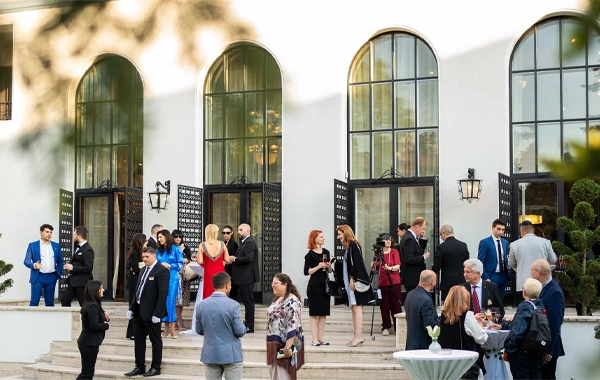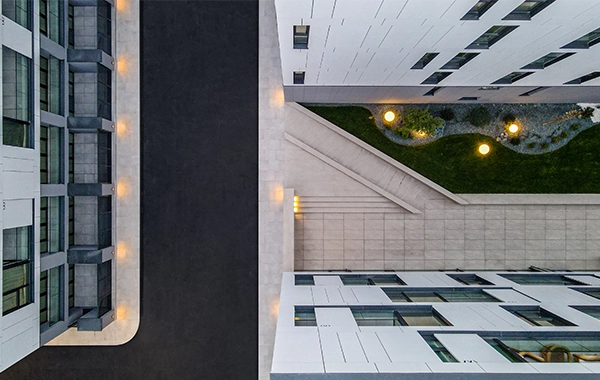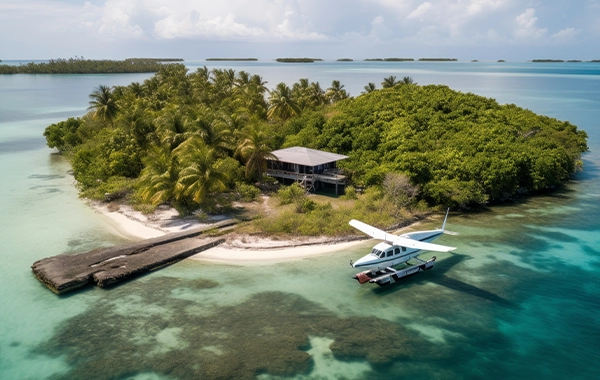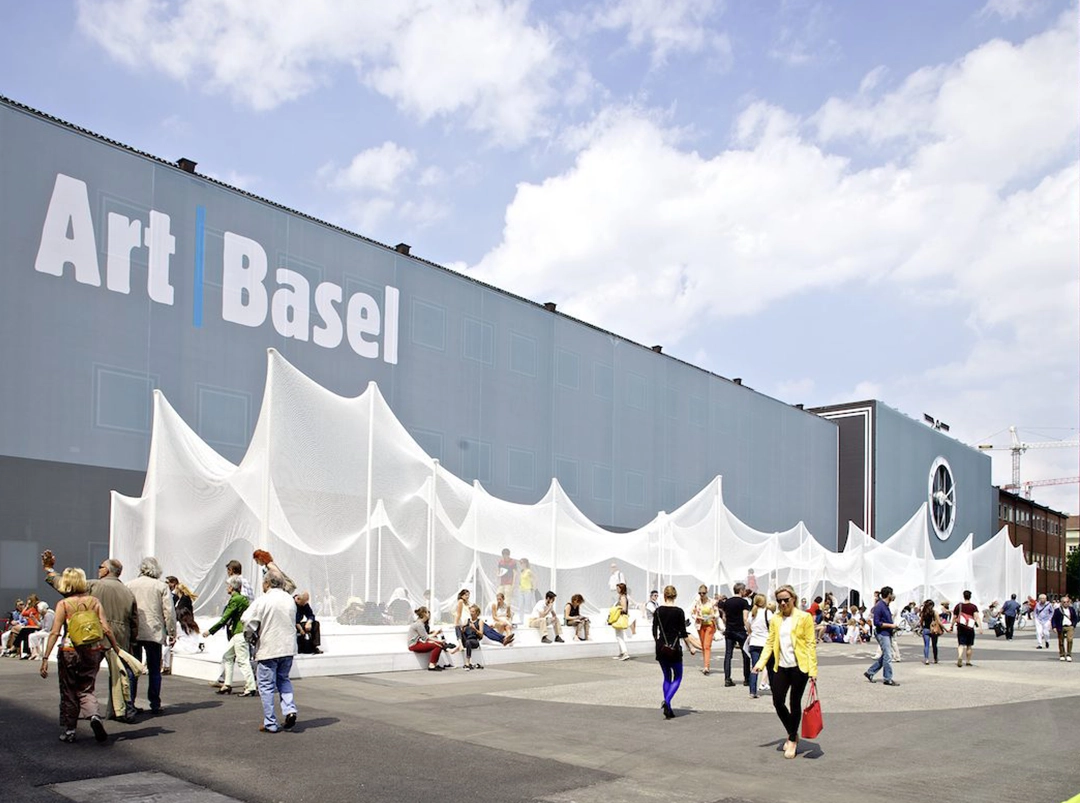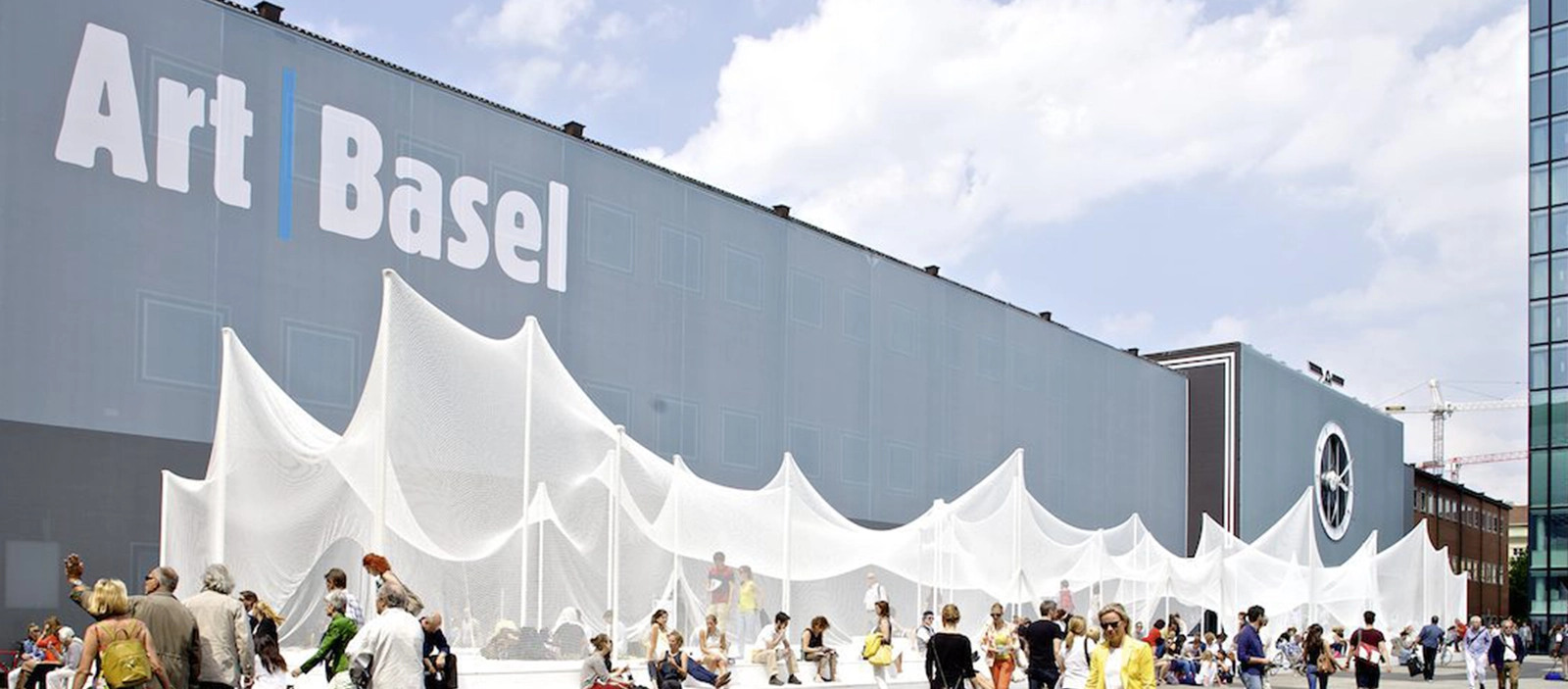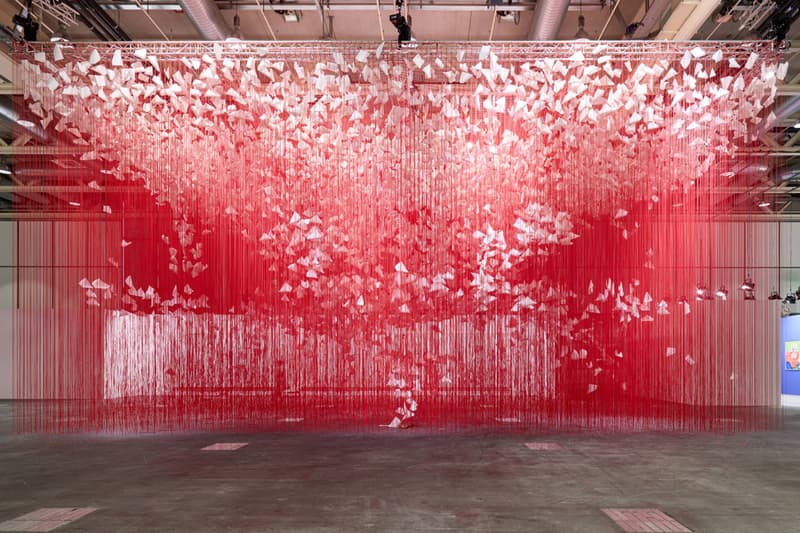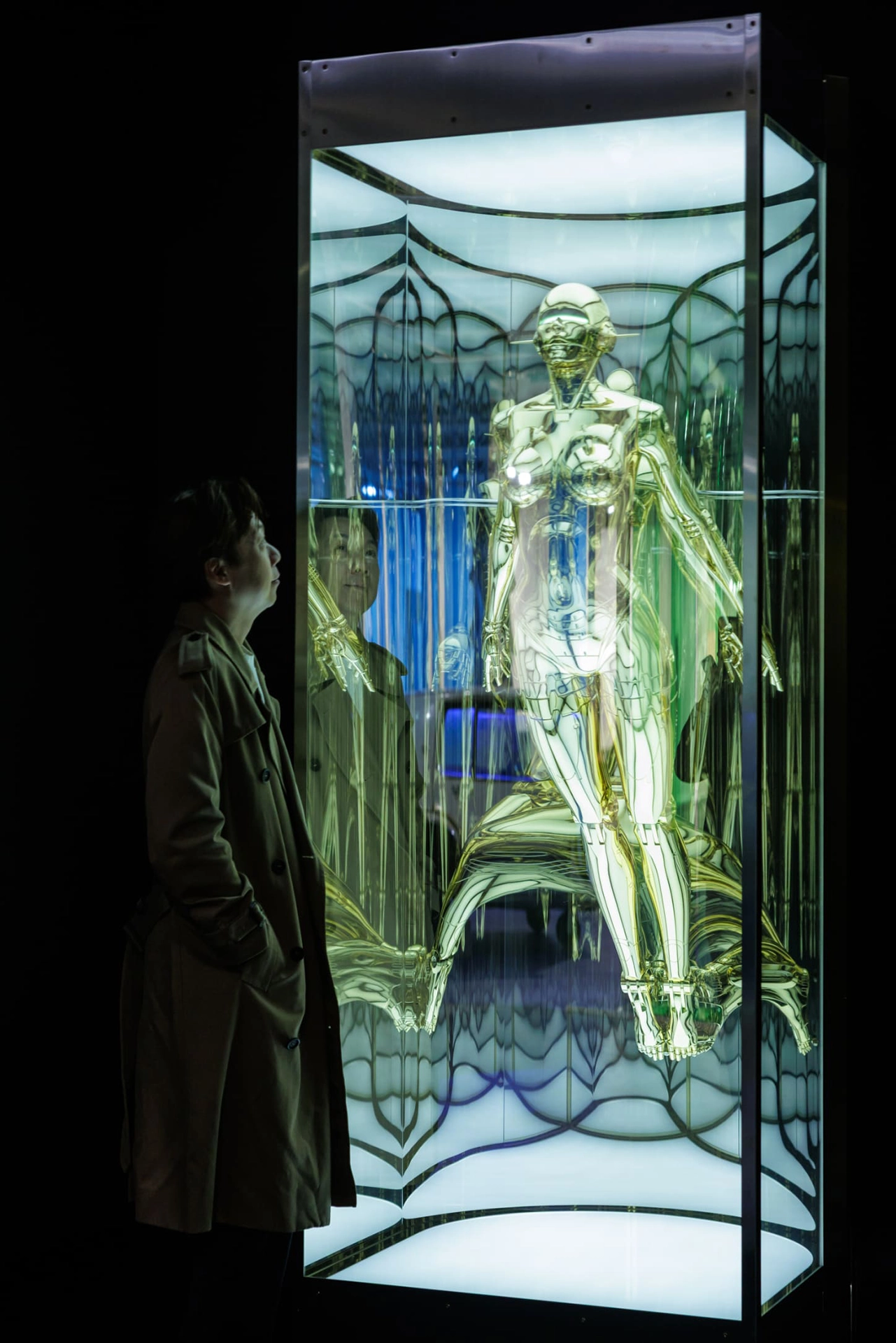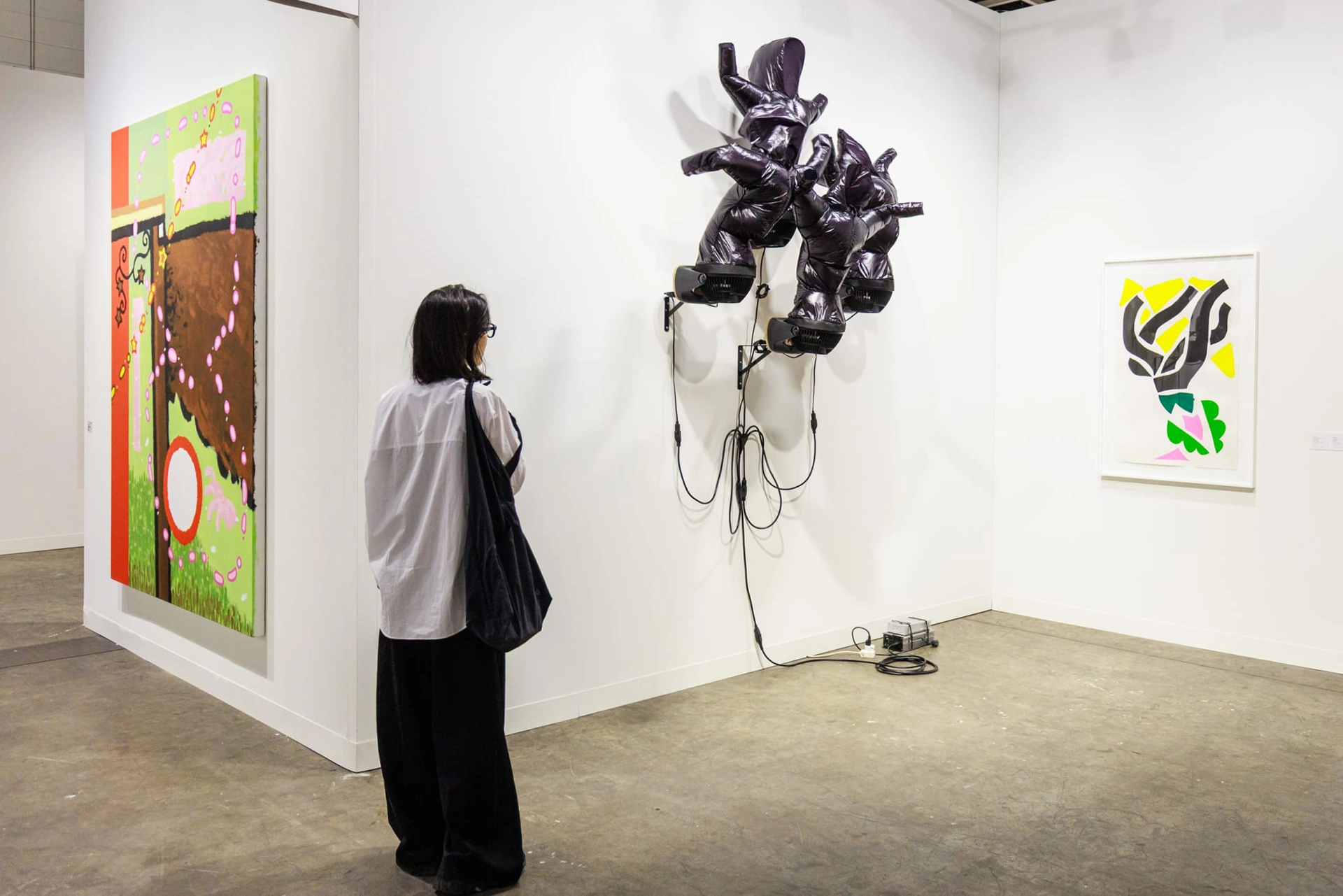Discourses and Dominant Themes in Contemporary Art at Art Basel 2025
The dominant themes of the 2025 edition revolve around ecology, sustainability, identity, and the relationship with technology. Many artists address social or ecological issues, and there is growing interest in generative art and AI. The public and collectors are becoming active participants in the artistic process through participatory art, artist talks, and digital platforms, supported by a rich educational program at the fair. One of the most visible aspects of Art Basel 2025 is the emergence of recurring themes that reflect both the concerns of contemporary society and the directions of artistic innovation.
Ecology and sustainability are becoming globally dominant themes as climate crises and the impact of human activity on nature influence artistic discourse. Numerous works selected at the fair emphasize the human-nature relationship, responsible use of resources, or the revaluation of the landscape. Artists are exploring new materials, eco-friendly techniques, and curatorial strategies oriented toward sustainability, in line with the global trends highlighted in the Art Basel report.
Gender identity, migration, and cultural diversity are other major subjects shaping the selection and artistic discourse. Artists from diverse backgrounds address themes such as belonging, otherness, trauma, or the personal and collective transformations brought about by migration. At WIN Gallery, thematic exhibitions regarding identity reconstruction or reflections on femininity fit within this broader context, where art becomes a means of questioning society and one's own identity.
The dialogue with technology, generative art, and AI represents an increasingly present direction in contemporary artistic discourse. Digital art, interactive installations, works created with artificial intelligence, or NFTs become not only means of expression but also subjects of reflection on how technology influences perception, memory, or our relationship with reality.
In 2025, Art Basel and major international fairs place an ever greater emphasis on the active involvement of the public and collectors in the artistic process, going beyond the traditional model of passive viewing. Educational programs and artist talks occupy a central place in the fair’s event schedule. These sessions facilitate direct dialogue between artists, collectors, curators, and the public, offering additional context to the works and creating spaces for debate on current topics. For example, at Art Basel 2025, artist talks, thematic conferences, and educational workshops attract a diverse audience, from specialists to young people interested in artistic innovation, consolidating the fair’s role as a platform for learning and idea exchange.
Interactivity through installations, participatory art, and digital platforms is becoming a standard in contemporary exhibitions. Many artists propose works that require direct intervention from the public or that change based on visitor reactions, using technologies such as augmented reality, AI, or online platforms. Such experiences stimulate engagement and contribute to the democratization of art, inviting the public to become co-creators or active parts of the work. At the same time, galleries are increasingly developing digital platforms for virtual exhibitions, online guided tours, or digital art collecting, broadening access and diversifying the audience.

